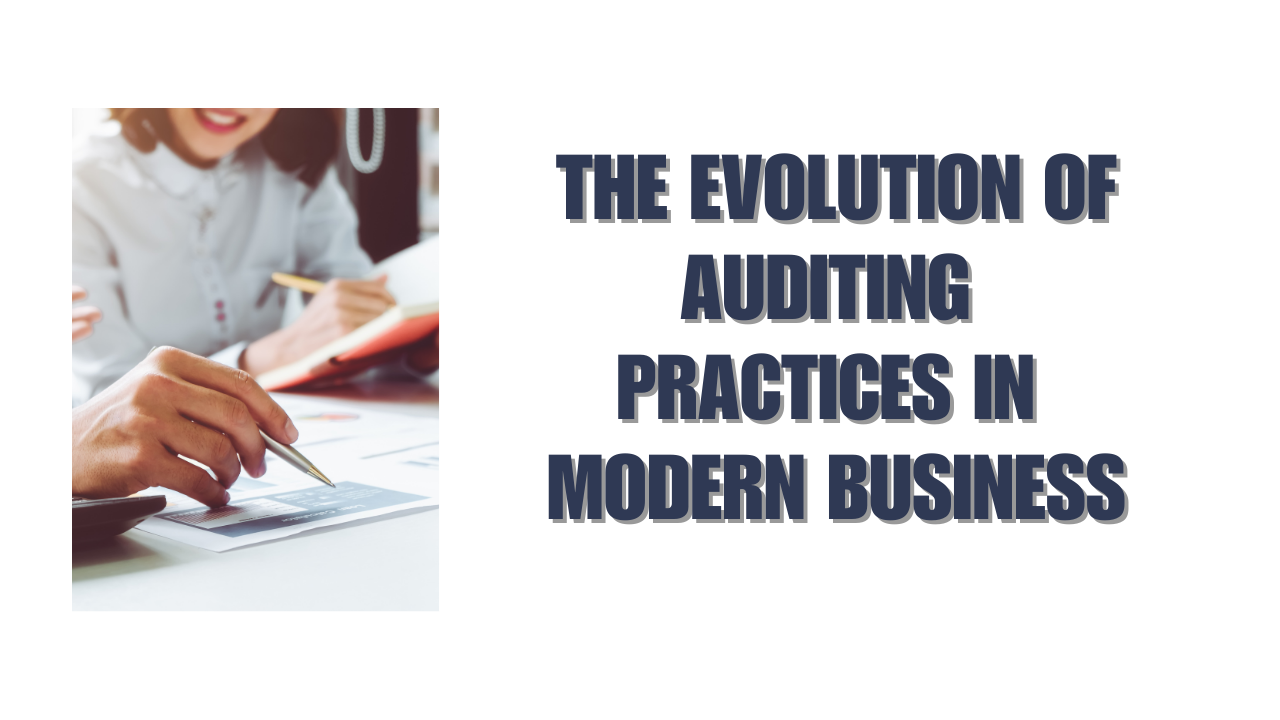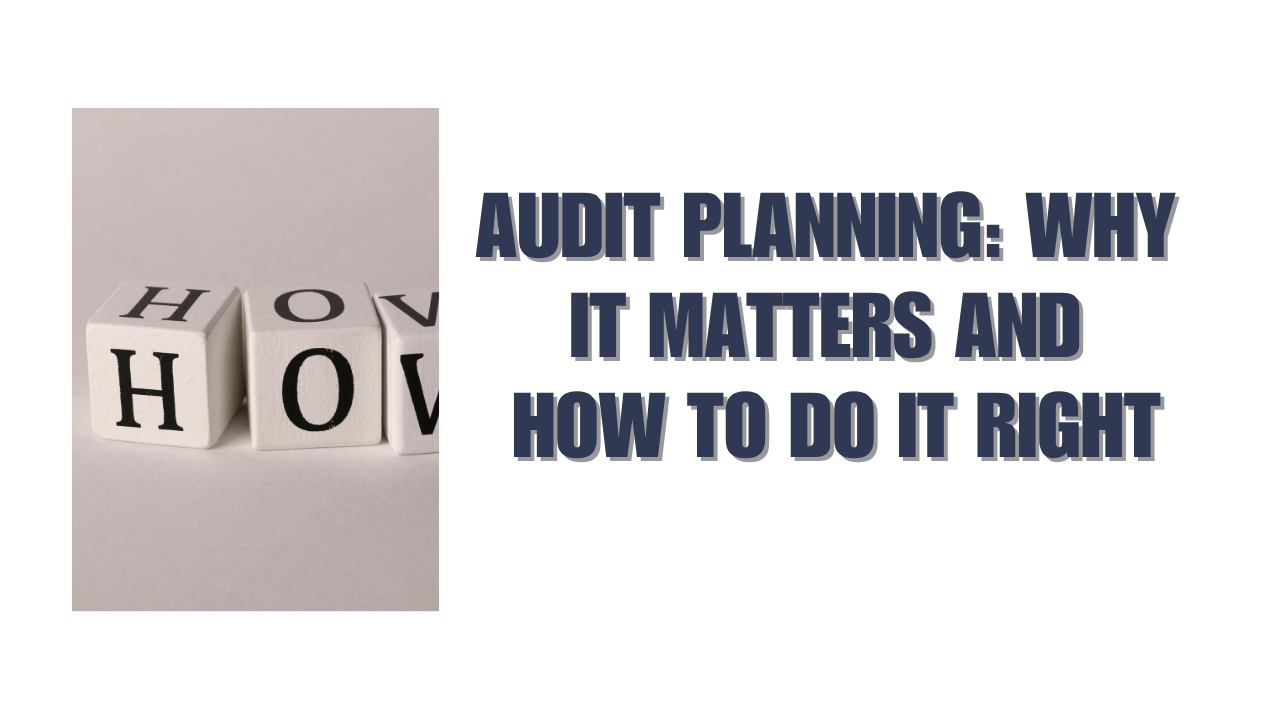Auditing has always been a cornerstone of trust in business. From the earliest financial records scratched onto clay tablets to today’s data-driven corporate reports, the need to verify accuracy and accountability has remained constant. What has changed-dramatically-is how audits are conducted and what they mean for modern organizations.
In today’s business environment, auditing practices are no longer static checklists or box-ticking exercises. They have evolved into dynamic processes that integrate technology, regulatory demands, and strategic insights. For executives, boards, and investors, understanding this evolution is vital to ensuring compliance, detecting risk, and maintaining market confidence.
Auditing: From Ledgers to Strategy
Auditing’s origins were simple-validate whether financial records matched actual performance. For centuries, this primarily meant reviewing ledgers, receipts, and cash flows. The role was reactive, ensuring businesses had not misrepresented financial information.
As companies grew larger and more complex, particularly during the Industrial Revolution, audits expanded. Shareholders, who often had no direct involvement in daily operations, needed assurance that reported profits were trustworthy. The foundation of modern auditing was laid: independent verification as a safeguard for external stakeholders.
How Auditing Practices Have Evolved
1. From Paper Trails to Digital Records
In the past, auditors relied on physical documents-ledgers, invoices, and receipts. With digital transformation, entire audit trails now exist in ERP (Enterprise Resource Planning) systems, cloud platforms, and automated workflows. This shift allows audits to be faster, more accurate, and less prone to human error.
2. From Transaction Checks to Risk-Based Auditing
Traditional audits often involved sampling transactions at random. While this provided some level of assurance, it wasn’t always effective at catching systemic risks. Modern auditing adopts a risk-based approach-focusing attention on areas most susceptible to error, fraud, or non-compliance.
3. From Historical Validation to Predictive Insights
Yesterday’s audits confirmed whether past records were accurate. Today, they increasingly use data analytics to predict future risks. By identifying patterns, anomalies, or unusual trends, auditors help organizations prevent issues before they arise.
4. From Financial Focus to Holistic Governance
Audits once focused narrowly on financial statements. Modern auditing practices encompass broader areas-IT security, ESG (environmental, social, governance) reporting, operational efficiency, and regulatory compliance. Businesses are held accountable for their impact on stakeholders and society.
5. From Independence Alone to Collaboration
Historically, auditors maintained strict independence, with limited collaboration with management. While independence remains crucial, modern auditors also work closely with executives to provide actionable insights-transforming audits from adversarial exercises into strategic partnerships.
Drivers Behind This Evolution
The transformation of auditing has been fueled by several key factors:
- Technological Innovation: Automation, AI, and big data analytics enable auditors to review massive datasets in real time, replacing manual sampling.
- Globalization: Businesses now operate across multiple jurisdictions, requiring audits that address complex international regulations.
- Regulatory Pressures: Scandals such as Enron and Wirecard led to sweeping reforms, demanding stricter controls and transparency.
- Stakeholder Expectations: Investors, regulators, and consumers expect organizations to demonstrate ethical practices, sustainability, and resilience.
- Cybersecurity Threats: With digital systems come risks of breaches and fraud, making IT audits as critical as financial audits.
Benefits of Modern Auditing Practices for Businesses
The evolution of auditing isn’t just about keeping regulators satisfied-it delivers tangible advantages for businesses:
- Stronger Risk Management – Risk-based audits identify vulnerabilities before they escalate, from compliance gaps to cyber threats.
- Improved Efficiency – Data-driven audits highlight inefficiencies in operations, helping organizations streamline processes.
- Enhanced Stakeholder Trust – Transparent and thorough audits reinforce investor, board, and market confidence.
- Future-Ready Insights – Predictive analytics allow organizations to anticipate challenges and make proactive decisions.
- Broader Accountability – Covering ESG, IT, and compliance audits align businesses with modern expectations of corporate responsibility.
Case Examples of Auditing in Action
- Tech Company IT Audit: A multinational discovered gaps in cybersecurity protocols during a modern IT audit. By addressing these weaknesses, the company avoided potential breaches that could have cost millions in regulatory fines.
- Retail ESG Audit: A global retailer used sustainability audits to verify supply chain practices. This mitigates reputational risks and attracts ethically conscious investors.
- Financial Services Risk Audit: A bank adopted predictive audit analytics to monitor lending practices, identifying potential default risks early and adjusting policies to minimize exposure.
These examples demonstrate how auditing has shifted from a defensive tool to a proactive enabler of business growth.
Preparing for the Future of Auditing
The evolution of auditing is far from over. Businesses should prepare for future developments:
- AI-Driven Audits: Artificial intelligence will enhance fraud detection by identifying anomalies invisible to human auditors.
- Blockchain Verification: Immutable ledgers may revolutionize transaction auditing, creating near-instant assurance.
- Continuous Auditing: Instead of annual reviews, real-time monitoring will become the norm, offering ongoing oversight.
- Integrated ESG Reporting: Expect audits to place greater emphasis on environmental and social metrics as regulatory requirements expand.
For CEOs and boards, embracing these changes is critical. Organizations that resist innovation risk falling behind competitors and attracting unwanted regulatory attention.
Why Partnering With Experts Matters
Modern auditing requires specialized skills, technology, and industry knowledge. Few companies can build these capabilities entirely in-house. Partnering with professional firms ensures audits are conducted with independence, precision, and a strategic perspective.
At Aurora Financials, we bring expertise that combines traditional assurance with cutting-edge tools, helping businesses to stay compliant and uncover opportunities for growth. By treating audits as strategic investments rather than compliance costs, companies position themselves for long-term resilience.
Conclusion
Auditing has come a long way from tallying numbers in dusty ledgers. In modern business, auditing practices have evolved into sophisticated processes that protect, guide, and strengthen organizations. They mitigate risk, boost efficiency, enhance transparency, and provide actionable insights for leadership.
As regulations tighten, technologies advance, and stakeholder expectations rise, the role of audits will only grow in importance. Businesses that embrace this evolution don’t just survive regulatory scrutiny-they thrive in competitive markets with greater confidence and trust.
At Aurora Financials, we help companies adapt to this new era of auditing with solutions tailored for today’s challenges and tomorrow’s opportunities. The evolution of auditing isn’t just about the past-it’s the key to securing your business future.






